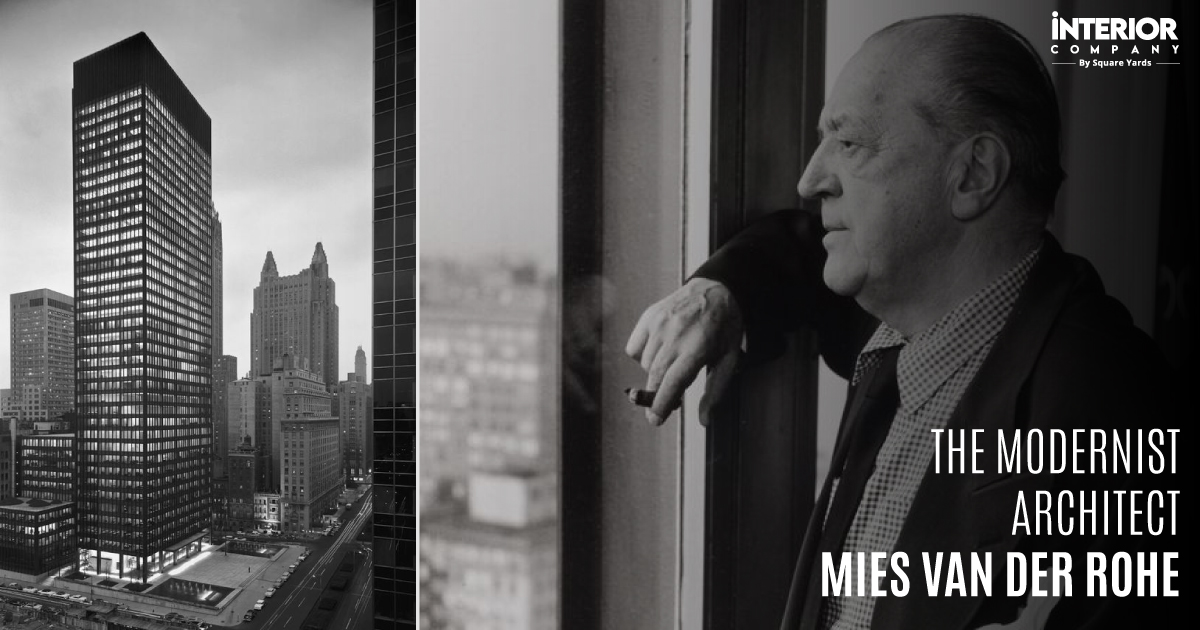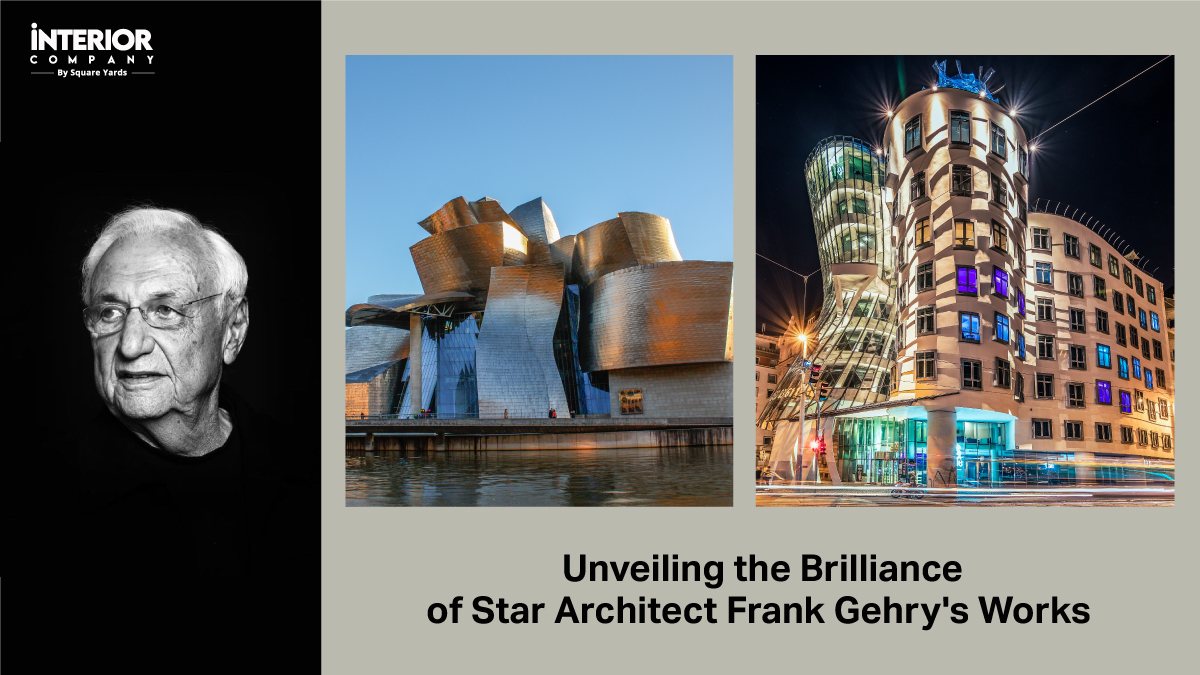- Home
- Trends
- Architecture
- Architects
- Blenheim Palace Garden
Blenheim Gardens- Unearth the Chapters of History
In the quaint town of Oxfordshire, stands the beautiful Blenheim Palace. Around this Palace is a magnificent garden so rich and green, it puts your mind at ease. This gorgeous garden estate is the perfect place to escape the hustle and bustle of everyday life. Whether you’re looking for a romantic picnic spot, a peaceful stroll through nature, or a unique venue to host an event, Blenheim Garden has something to offer everyone. Here, you’ll find over 300 years of history and stunning views of the surrounding countryside. From the majestic Great Lake to the exquisite Mediterranean Garden, there is no shortage of beauty and tranquillity to take in. With its vast range of features and activities, it’s no wonder that Blenheim Garden is a popular destination for both locals and tourists alike. Before we dive into the Gardens.
Table of Content
The Blenheim Palace
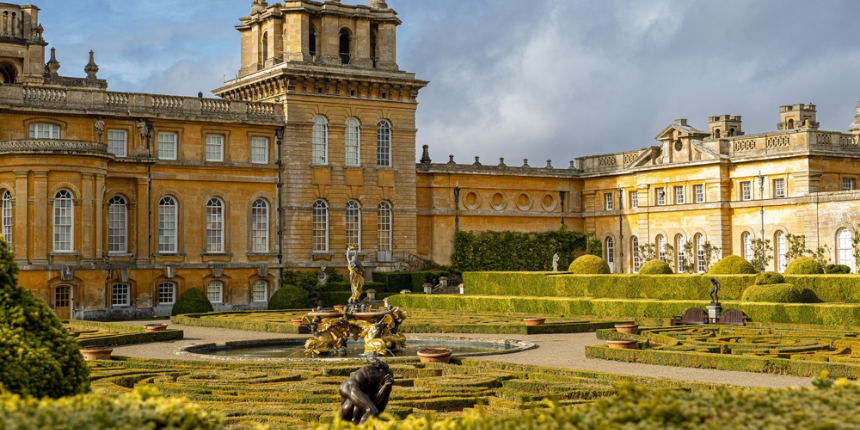
The Blenheim Palace is a monumental country house located near Woodstock, Oxfordshire, England. It is the only non-royal, non-episcopal country house in England to hold the title of “Palace”. The palace, one of England’s largest houses, was built between 1705 and 1722 and was designated a UNESCO World Heritage Site in 1987.
Blenheim Palace was built as a reward to John Churchill, the 1st Duke of Marlborough, for his victory in the Battle of Blenheim in 1704, and is named after the battle. It was designed by architect Sir John Vanbrugh and has been the home of the Churchill and Spencer-Churchill families for over 300 years. The extensive grounds, designed by Lancelot 'Capability' Brown, include the Great Lake, which was created for the palace by damming the River Glyme to form a lake of over 12 hectares in size.
Also Read: One Za’abeel, World’s Longest Cantilever Bridge
The palace includes a number of attractions and is open to visitors throughout the year. Highlights include the Great Hall, which is decorated with tapestries and paintings, and the Long Library, which houses one of the largest private collections of books in Europe. The palace also features a range of gardens, including the formal gardens, the butterfly house and the grand cascade. The Grand Cascade is a spectacular fountain and water feature.
Blenheim Palace is also home to the Marlborough Collection, a collection of art, furniture and tapestries amassed by the Dukes of Marlborough over the centuries. The palace also hosts regular events such as outdoor theatre performances, music concerts, and festivals.
The Formal Gardens of Blenheim
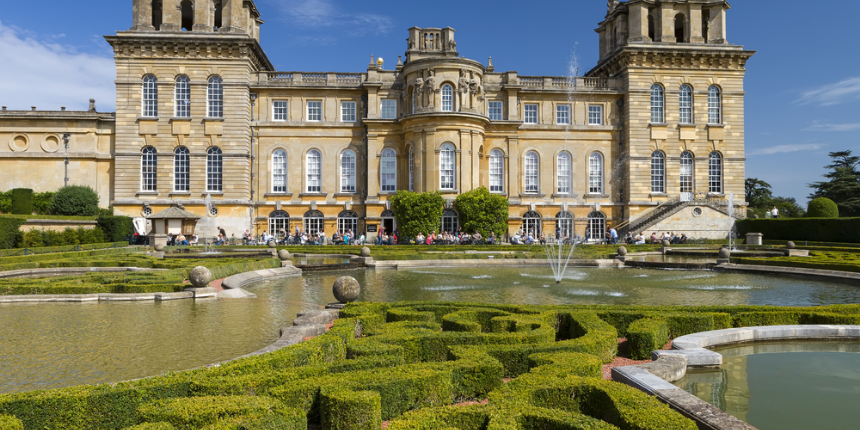
The palace, which is the only non-royal non-episcopal country house in England to hold the title of the palace, is the birthplace and ancestral home of Sir Winston Churchill. Its formal gardens, which have been described as 'the finest Baroque gardens in Europe,' are a major attraction for visitors. The formal gardens were designed by the most influential landscaping architect of the 18th century, Capability Brown. He was responsible for the design of the Grotto, the Palladian Bridge, and the Wilderness.
The formal gardens are laid out in a Baroque style, with ornate parterres, formal ponds, and a grand cascade that cascades down a hillside to the lake below. The gardens also feature a number of classical sculptures, including statues of Diana, Venus and Apollo, which were designed by the renowned Italian sculptor, Giovanni Battista Guelfi.
The gardens are surrounded by a number of other attractions, including the Pleasure Gardens, which feature a maze, a boating lake and an aviary, and the Flower Garden, home to a number of rare and exotic plants. The gardens are also home to a number of historic buildings, including a 16th-century dovecote and a number of temples and follies. The formal gardens at Blenheim Palace are a stunning example of Baroque garden design and are a must-see for anyone visiting the palace.
History
The history of Blenheim Palace leads back to Mary, Queen of Scots. This is the place where she once imprisoned her distant cousin, Queen Elizabeth I. The palace was also home to Henry II's mistress, Rosamund Clifford. Queen Anne gave this house as a present to the 1st Duke of Marlborough for his win over the French in the Battle of Blenheim. The house was designed and built by the architect Sir John Vanbrugh in the early 18th century. The original garden was laid out in 1705 and was a formal design with terraces, ponds, and avenues of trees. Henry Wise was one of the first landscape architects who worked on the Blenheim Gardens. In the 1760s, Lancelot Capability Brown transformed the Garden of Blenheim. Achille Duchéªne, a French designer laid out new parterres by the palace between the 1910s and 1930s.
Capability Brown's touch transformed the gardens. He converted the canal into a serpentine lake to connect the whole garden with the surrounding woodland. One of the most unique aspects of the Blenheim Palace Garden is the garden-in-garden theme in the Duke's private Italian Garden.
About the Landscape Artist
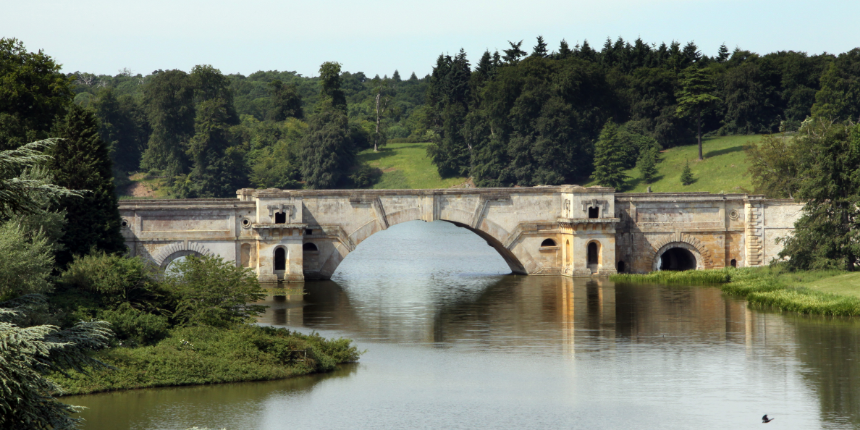
Lancelot 'Capability' Brown was an influential English landscape architect. He is often referred to as the 'Father of English landscape gardening'. He created landscapes for over 170 estates across England and Wales, and his style of landscaping quickly became popular among the wealthy upper classes. Brown’s style of landscaping was based on his belief that nature should be allowed to take its course and that the landscape should be designed to look natural and unforced. He created a variety of scenes, including sweeping lawns, rolling hills, and an abundance of trees and shrubs. He also used water features to create a sense of tranquillity and peacefulness in the landscape. He was known to use sunken fences to give an illusion that the garden itself was a part of the bigger landscape. He also curated water bodies within the gardens in a way that they look like one large water body from a distance. With all of his creations, he aimed to make the landscape as close to nature as possible. Pick any inch of the landscape designed by Capability Brown, it is nothing less than a painting.
Apart from the Blenheim Palace in Oxfordshire, Brown’s most famous works include Cliveden and Stowe in Buckinghamshire. He was also responsible for designing some of the most iconic parks in London, such as Hyde Park and Kensington Gardens.
Today, Brown’s legacy lives on in the form of his works, now considered as some of the most beautiful gardens in the world. His influence has also been felt in other areas, such as architecture and urban planning. His philosophy of allowing nature to take its course and designing landscapes to look natural is still seen in modern landscape design.
Visiting the Blenheim Gardens
The opening and closing time of Blenheim Gardens is 10:00 am to 17:30 pm. You can buy tickets from the website of Blenheim Palace for one day or you can get the annual pass.
Conclusion
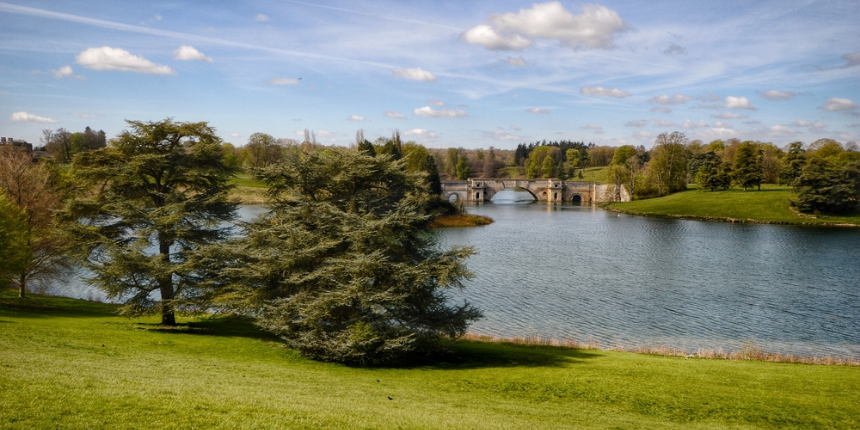
The sprawling green of the Blenheim Gardens is famous all around the world. The property itself is a reminder of the beautiful English Baroque style, one of the finest the country has ever seen. In addition to that, the landscaping work by Lancelot Brown makes the palace even more mystical. A mix of his signature style of blending the landscaping work with nature and Achilles' parterre garden leaves every visitor in awe. The tall oak trees and indigenous flowering plants are like a time bridge between the current and olden times.
Ready for a home transformation?
Let our designers assist you!
Recent Posts
Sir John Vanbrugh is the architect of Blenheim Palace.
Lancelot Capability Brown was the landscape artist of Formal Gardens of Blenheim.
Related Category
- Buildings and Monuments
- Celebrity Homes




